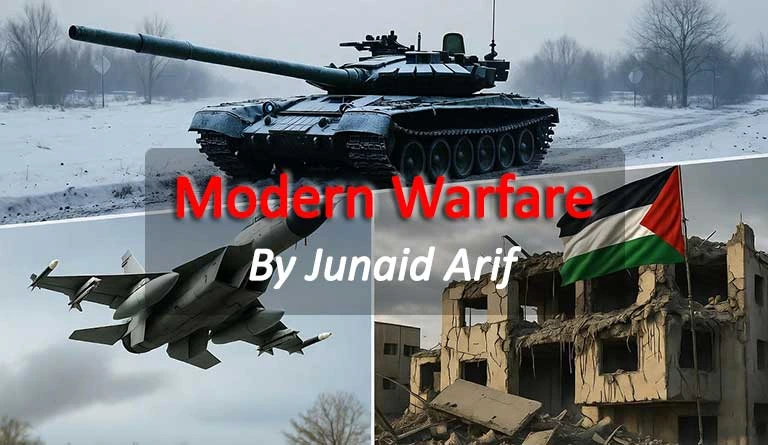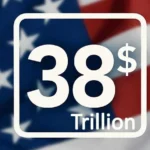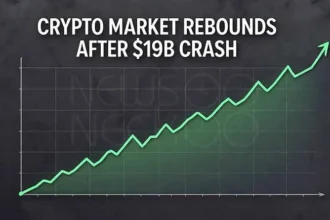Modern Warfare By Junaid Arif
The Beginning
After COVID-19 hit the world, everything changed — the way we lived, the way we worked, and most importantly, the way nations looked at each other. What began as a health crisis soon turned into an economic earthquake that shook the foundation of global trade. Imports and exports were frozen, airplanes were grounded, and borders that once welcomed goods and people suddenly became barriers.
For the first time in modern history, every nation had to look inward — forced to depend on its own resources, technologies, and industries. And that, perhaps, became the quiet beginning of something darker. Because when the flow of global business stops, the hunger for power, control, and profit begins.
What if the wars we see today — the ones destroying cities and taking innocent lives — are not really about politics, religion, or defense?
What if they are simply business deals wrapped in smoke and fire?
This story dives into that uncomfortable possibility.
The Aftershock of a Pandemic
When COVID-19 ended around 2021, the world tried to stand back up. Economies needed oxygen. But the damage was deep. Supply chains were broken. Factories had closed. Millions had lost jobs.
Countries like the United States, Russia, China, and members of the European Union all rushed to rebuild — but not through cooperation, rather through competition. The world that once traded for survival suddenly began preparing for battle.
The idea was simple: whoever controls energy, minerals, and trade routes, controls the world.
And soon, the first flames appeared.
The Ukraine War: A Land of Riches Under Fire
On February 22, 2022, Russia invaded Ukraine — and the world gasped. The headlines said it was about politics, NATO expansion, and security. But if you look deeper, another story emerges.
Ukraine is not just a country — it is a treasure chest buried in plain sight. Beneath its soil lies iron ore, manganese, titanium, uranium, graphite, and natural gas. In fact, Ukraine holds the largest titanium deposit in all of Europe — a mineral essential for building aircraft, missiles, and modern technology.
Whoever controls Ukraine doesn’t just gain land; they gain the key to Europe’s industrial and energy future.
After the invasion, the United States responded with sanctions on Russia. But here comes the twist: those sanctions also made American oil more valuable. With Russian oil blocked, U.S. oil companies stepped in — selling at higher prices.
According to reports, in just the first year of the Russia-Ukraine war, American oil companies earned over $200 billion in profits.
War was burning lives — and yet, for some, it was a business boom.
The Israel-Gaza Conflict: A Canal Beneath the Chaos
Fast forward to October 7, 2023 — another war begins, this time between Israel and Gaza. On the surface, it seemed like a religious and territorial conflict. But then, one question appeared that few dared to ask:
If Gaza has no rich oil fields or minerals, why is this land so important?
The answer might lie in something called the Ben-Gurion Canal Project — a decades-old Israeli dream to build a new waterway connecting the Red Sea to the Mediterranean, an alternative to Egypt’s Suez Canal.
The potential profits from such a canal are staggering. Control that route, and you control a large part of global shipping and trade. But here’s the catch — the canal’s path could only be possible if Israel gains full control over Gaza and nearby regions.
So while the world sees humanitarian disaster, some see a billion-dollar opportunity.
War, once again, becomes a tool of construction — not of peace, but of profit.
The India-Pakistan Skirmish: A War of Brands
Now let’s move to May 7, 2025 — the short but intense conflict between India and Pakistan. The battle lasted only a few days, but its consequences were enormous.
During this clash, Pakistan shot down six Indian fighter jets, five of which were Rafales — advanced jets made by the French company Dassault Aviation. The surprising part? Those Rafales were taken down by Chinese J-10C jets — made by Chengdu Aerospace Corporation.
This was shocking because Rafales had a spotless reputation. They were considered unbeatable — symbols of French engineering excellence. But one event changed that.
Soon after the incident, Chengdu’s stock prices rose by 10%, while Dassault’s fell sharply. The battle that could have cost millions of lives ended up looking like a marketing war between two defense giants.
The message was clear: war had become the most extreme form of advertisement.
Modern Warfare: The Business Model of Destruction
If we look closely, a pattern starts to form.
Each modern conflict has a financial motive hiding beneath its political explanation.
- Russia wanted resources and security — but also control of trade.
- The U.S. gained oil profits and influence.
- Israel’s canal dream aligns perfectly with its military actions.
- And China’s aircraft industry suddenly gained a marketing miracle through a brief South Asian clash.
In each case, corporations and investors found a reason to smile while ordinary people paid the price.
War as the New Marketing Strategy
In the old days, wars were fought for land and survival. But in today’s globalized world, the battlefield has become a stage — where products, technologies, and resources are showcased under the banner of nationalism.
When a missile hits a target, it’s not just a military act — it’s a demonstration of capability, a free commercial for arms dealers.
When sanctions are announced, they don’t just punish countries — they redirect global markets.
And when countries rebuild after war, it’s often the same companies that sold the weapons who now sell the construction materials.
The cycle feeds itself.
The Invisible Victims
While corporations count profits, it’s the ordinary people who pay the real cost. The families in Ukraine who lost homes. The children in Gaza who live under rubble. The farmers in Pakistan and India who worry about bombs instead of rain.
Their pain never shows up on balance sheets. Their loss never adds to any stock price.
And yet, their suffering fuels the headlines that allow the powerful to justify the next war.
A Global Business Disguised as Conflict
It’s easy to blame politicians, but behind them stand industries worth trillions — oil, defense, technology, energy, and logistics.
Each benefits in its own way:
- Oil companies rise when supply is disrupted.
- Defense companies boom when nations fear each other.
- Tech industries grow when military AI and drones become the new gold rush.
- Media corporations earn more clicks and views during wartime panic.
And so, wars continue — not because they are necessary, but because they are profitable.
What the Future Might Hold
If this pattern continues, the future could look even more dangerous. Small conflicts might be staged or extended just to test new technologies or influence markets.
In a world where wars act as business strategies, peace becomes a threat to profit.
But there is hope — awareness. When ordinary people start questioning the real motives behind conflicts, the illusion of “national interest” begins to fade. When we see wars not as battles for pride but as transactions for profit, we take the first step toward breaking the cycle.
Final Thoughts: Seeing Beyond the Smoke
The wars after COVID-19 — from Ukraine to Gaza to South Asia — show us that modern warfare has evolved. It’s not about borders anymore; it’s about balance sheets.
The weapons may look different, the speeches may sound noble, but the motive remains painfully familiar — money.
As the world stands on the edge of what many call the early signs of World War III, it’s worth asking:
Are we fighting for freedom, or are we just characters in a global marketplace drama — where every explosion has a sponsor, and every headline has a hidden invoice?
Because if war truly has become a business, then peace — the one thing humanity desperately needs — might just be the only product left that nobody wants to sell.
Author: Junaid Arif
Date: 24 Oct, 2025
For More Articles, Visit Newsneck













